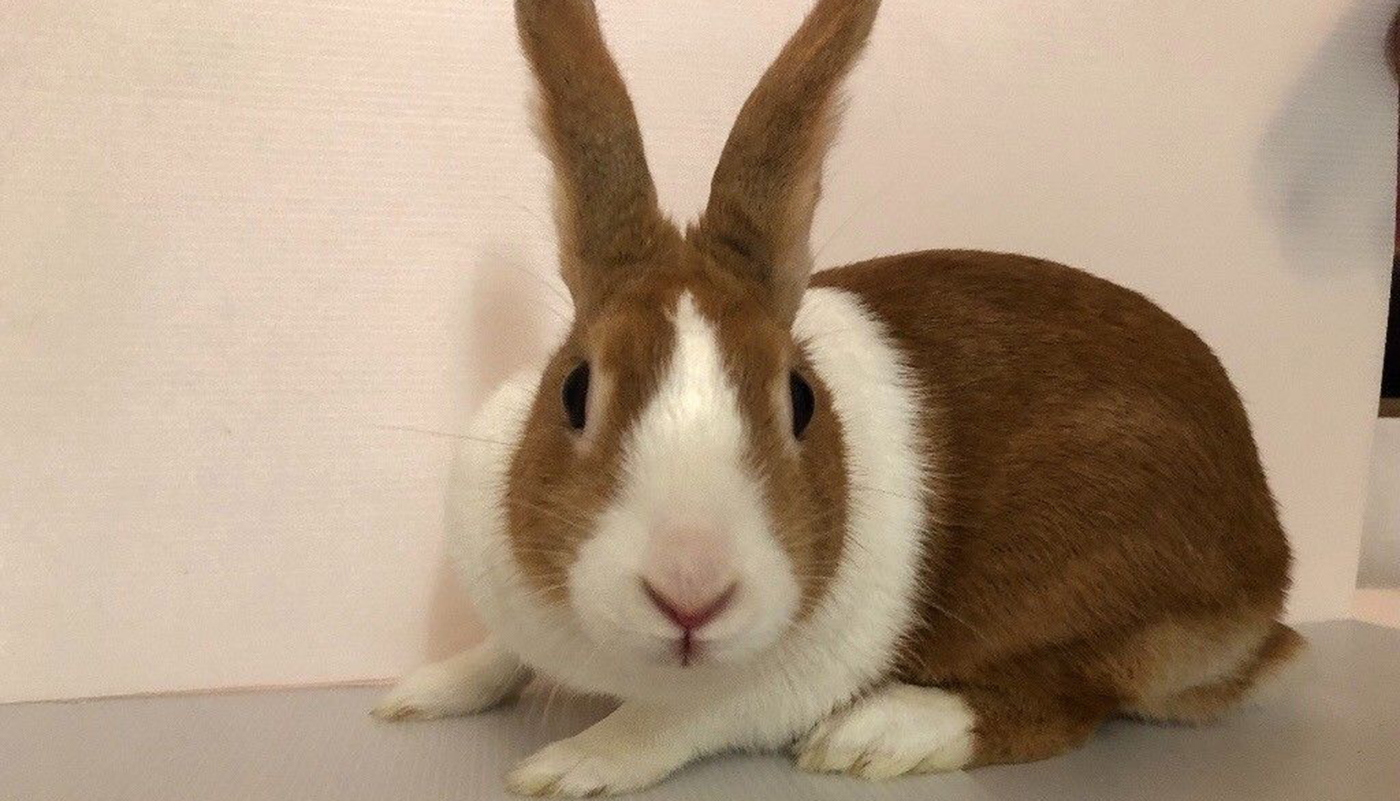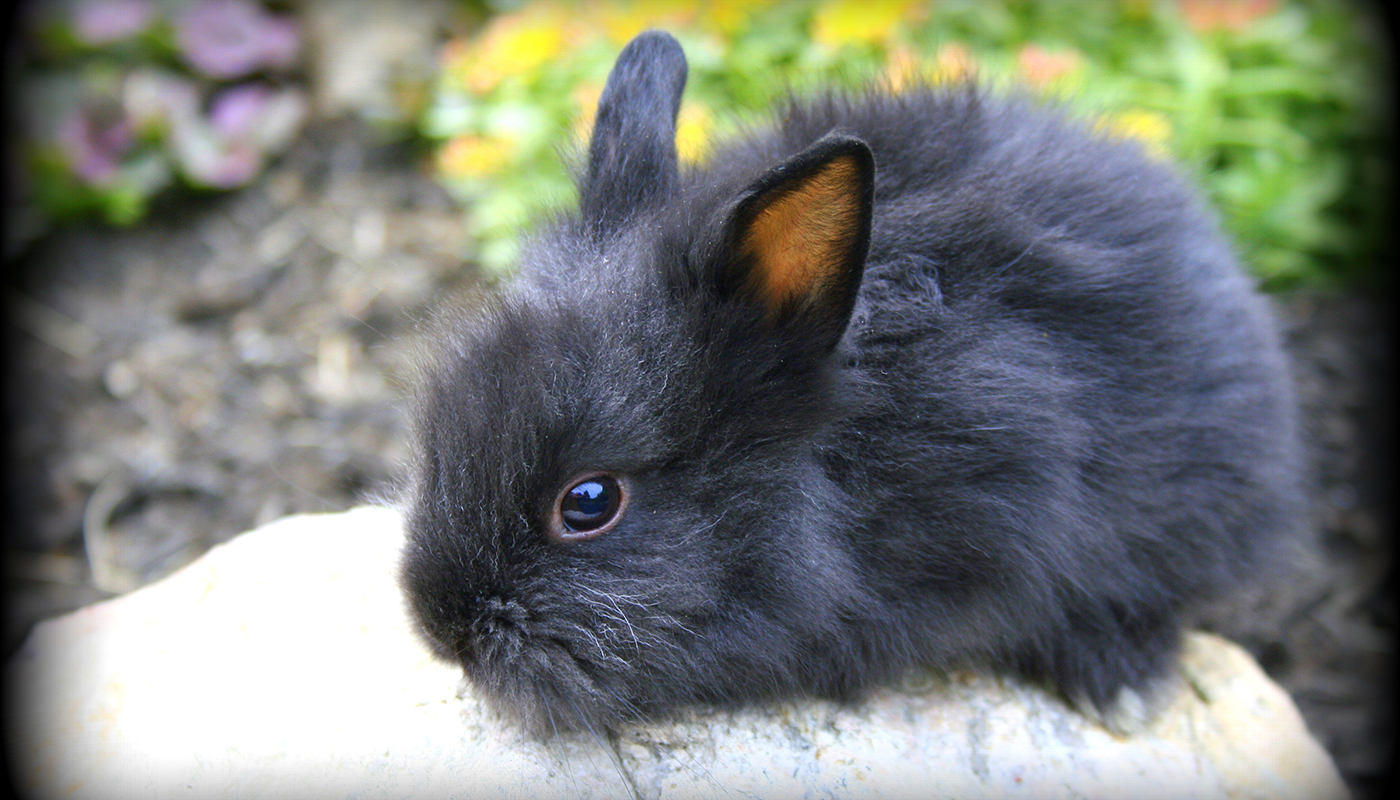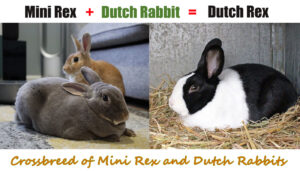
The Tan rabbit breed is a very beautiful color rabbit breed that is small and compact ideal for people who live in apartment buildings and as companion pets.
They are also a very popular show rabbit with their lovely glossy pelts and good even temperament. They are a breed that can be a bit aggressive though during mating season and when the mothers have young rabbits. They are quite popular in the United States of America with their population steadily growing!
BREED PROFILE OVERVIEW
|
|
|---|---|
| Breed Name: | Tan |
| Other Names: | None |
| Country of Origin: | United Kingdom/td> |
| Breed Purpose: | Exhibition and pets |
| Breed Size: | Small |
| Breed Weight: |
Female/Doe: 4 to 5 ½ lbs. Male/Buck: 4 to 5 ½ lbs. |
| Breed Color(s): | Black, blue, chocolate and lilac are the colors that are recognized by the American Rabbit Breeders Association |
| Physical Appearance: |
The Tan Rabbit has a fully arched-type body that is compact, and the rabbits always appear perky or at attention ready to bolt at any time. Their body type is much like that of a hare. Their usual stance is like that of a sitting dog and you should be able to see under their bellies. They have medium length erect ears that touch at the base as they are close together on the rabbit’s head. They have big dark eyes and a small wedge-shaped face. Their hindquarters are well-rounded ending in a short bunny tail. Their back feet are bigger than their front feet. They have short glossy flyback fur that is a little coarse to the touch. |
| Temperament: | They are a very active rabbit breed with an even friendly temperament. They can get a bit aggressive during mating season and when they have young rabbits. |
BREED CHARACTERISTICS
- The Tan rabbit breed usually lives for around 8 to 10 years.
- They have a decent sized litter and the females make good mothers. They can get quite aggressive around the mating season and when they have babies.
- They are strong and energetic rabbits that do need room to expend their excess energy and get all the exercise they need to keep them healthy and happy.
| Good Pets? | The Tan rabbit breed do make great pets but are not recommended for families with younger children. They are both indoor or outdoor rabbits although it is a good idea to have a nice safe and secure outdoor pen for them to get some fresh air, space permitting. They are good for the elderly as companion pets, singles and families of older children. |
| Child Friendly? | Children should be supervised around animals and properly taught how to look after them and handle them. Rabbits can bite and scratch |
| Ideal Climate: | All climates – rabbits should never be left outside without proper shelter and housing that must be raised off the ground and predator safe. |
| Conservation Status: | Not Listed by the *ALC Status/Rarity: Not listed by the American Livestock Conservancy |
| Recognized by the ARBA? | Yes – there are four recognized colors by the American Rabbit Breeders Association. They have been a recognized breed by the Association since the 1950s |
| Rabbit Associations/Clubs: | American Tan Rabbit Specialty Club |
| Where to buy them? | Please check with the American Tan Rabbit Specialty Club for more information on the breed. There is also the USA Rabbit Breeders Directory that may be useful in locating local breeders. |
| Note: *ALC stands for American Livestock Conservancy | |
GENERAL INFORMATION
At competitions, Tan rabbit breeds tend to be held in high regard and there is always a lot of competition between the breeders.
Their coats are not maintenance intensive although it is wise to give the rabbit(s) regular grooming and health checks. It is a good idea to groom their coats at least every second week and once to twice a week when the rabbit is molting.
Health checks ensure that rabbit(s) remain in good health and are free from critters such as ear mites and various other blood-sucking parasites such as fleas and flystrike.
All animals should have proper vaccinations and be dewormed at regular intervals. Local vets and or animal clinics can help with any information and advice that may be required in this regard.
HISTORY
The Tan rabbit breed originated in England in the late 1880s from a wild colony of a rabbit. They were originally black in color, they were domesticated, and breeders started to develop them.
Blue Tan rabbits were developed next by the breeding of a sooty fawn colored doe rabbit to a black Tan male rabbit.
The first Tan Rabbit breeders club was established in 1891 in England and were the club that was to become the National Tan Rabbit Club as it is known today.
Right up until World War One there was only the black and blue variety of the Tan rabbit breed. Sometime during the 1920s, the chocolate variety of the Tan rabbit breed was recognized. The Chocolate variety is thought to have a bit of the chocolate Havana breed in it to acquire the chocolate color introduced to the Tan rabbit breed. Not long after the introduction of the chocolate Tan rabbit variety the lilac Tan variety was introduced.
At the time Tan rabbits were first identified with having a more cobby body type much the same as the Dutch rabbit breed and nothing like the Tan rabbit breed, we know today.
The Tan Rabbit breed has been an accepted breed by the American Rabbit Breeders Association since the 1950s with the Specialty Rabbit breeders club for the breed established in 1960. Since the inception of the club, the breed has continued to gain popularity and improvement as they club members have grown and promoted the breed.
It was during the 1990s that the breeds body type started to see a change in the United States of America. With the Tans, body type become sleeker and more medium to fine boned. The sleeker Tans started to become the more favored of the variety over the cobby type body structure. Thus there were quite a few revisions done by the American Rabbit Breeders Association in regard to the standard of the breed.
The breed continues to be improved upon and the memberships for the specialty club has grown in leaps and bounds since its beginning with good steady growth each year as more and more Tan rabbit fanciers are joining up and becoming interested in the breed.
USEFUL LINKS
- American Rabbit Breeders Association
- Fur Commission USA
- North American Meat Institute
- American Livestock Conservancy
- Animal Shelter (ASPCA)
- American Veterinary Medical Association
- American Animal Welfare Society
- American Animal Control
- American Society of Animal Science
- United States Department of Agriculture
- United States Department of Agriculture – Rabbit Meat
 Dutch Rabbit – Everything You Need to Know
Dutch Rabbit – Everything You Need to Know Dutch Angora Rabbit: The Perfect Blend of Charm and Fluff
Dutch Angora Rabbit: The Perfect Blend of Charm and Fluff Top 10 Best Small Rabbit Breeds to Keep as Pets
Top 10 Best Small Rabbit Breeds to Keep as Pets American Havana Hybrid Rabbit: A Perfect Blend of American and Havana Breed
American Havana Hybrid Rabbit: A Perfect Blend of American and Havana Breed Rex Rabbit – Everything You Need to Know
Rex Rabbit – Everything You Need to Know American Fuzzy Lop Rabbit – Everything You Need to Know
American Fuzzy Lop Rabbit – Everything You Need to Know Chinchilla Angora: The Perfect Blend of Giant Chinchilla and Giant Angora Rabbits
Chinchilla Angora: The Perfect Blend of Giant Chinchilla and Giant Angora Rabbits Lilac Rabbit – Everything You Need to Know
Lilac Rabbit – Everything You Need to Know Common Rabbit Health Problems and How to Spot Them Early
Common Rabbit Health Problems and How to Spot Them Early American Sable Rabbit – Everything You Need to Know
American Sable Rabbit – Everything You Need to Know Discover the Dutch Rex: A Charming Crossbreed of Mini Rex and Dutch Rabbits
Discover the Dutch Rex: A Charming Crossbreed of Mini Rex and Dutch Rabbits Holland Rex Rabbit: A Perfect Blend of Holland Lop and Rex Breed
Holland Rex Rabbit: A Perfect Blend of Holland Lop and Rex Breed